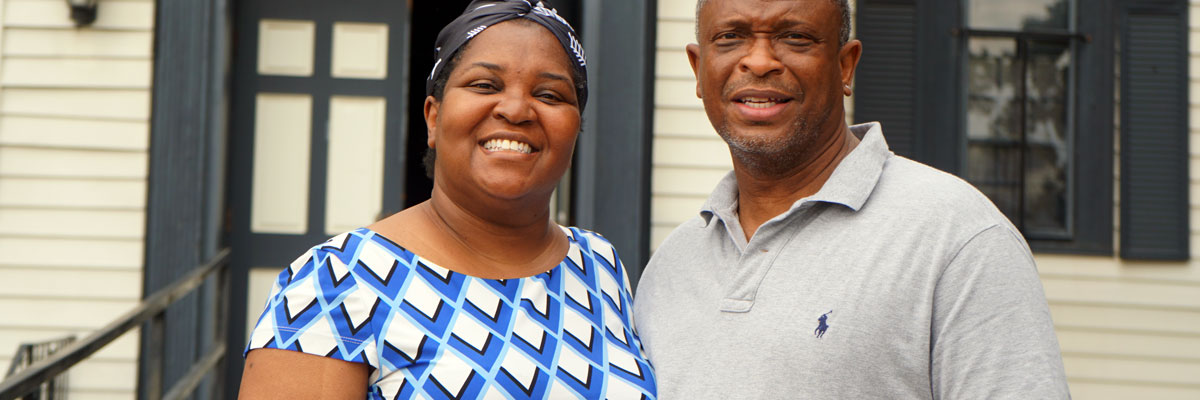Official Website of the
Catholic Diocese of Little Rock
Mary’s wants us to learn from, become more like Christ
Published: May 20, 2006
By Father Raphael Kitz, OCD
It is often pointed out that Mary, Mother of Jesus and Mother of the Church, is mentioned rarely in the New Testament writings. Where she is presented, however, the Blessed Virgin is found at the heart of the mystery of Jesus Christ and the Triune God’s mystery of salvation for all humanity.
In the Catechism of the Catholic Church this is strikingly summed up by saying, “By her complete adherence to the Father’s will, to his Son’s redemptive work, and to every prompting of the Holy Spirit, the Virgin Mary is the model of faith and charity.” (967)
There are two scenes in the New Testament to fill out this catechetical statement. These scenes are very familiar and can be called family episodes.
The first is the Annunciation in the house of Nazareth where the Angel Gabriel declares that the Lord is with her and that she is highly favored. She is asked to say yes to God’s request that she be the human mother of his divine Son.
Her answer, “Let it be done to me according to your word,” has sounded in the ears of Christians down through the centuries. The Lord’s presence and Spirit overshadow her and she conceives God’s Son in her womb.
Pope John Paul II in his encyclical “Mother of the Redeemer” says that in a sense, Mary, as mother becomes the first disciple of her Son, the first to whom he seemed to say, “follow me.” Mary is the first one to receive Jesus in her life and to follow him.
In reference to the birth of Jesus in Bethlehem, some of the Fathers of the Church have said, “She gave birth to Christ the Lord and all the members of his mystical body.”
The second family scene is Mary standing at the foot of the cross with the beloved disciple, John. From Jesus’ hour a new family is formed. Mary, his mother and first disciple, has followed him to the end. With her is the beloved disciple, who represents all those loved by Jesus. He loved his own to the end, completely in the total gift of himself.
After Jesus says, “It is finished,” he bows his head and gives up his spirit. He breathes his last breath. John the Evangelist is saying that he not only gave up his natural life, but that he unleashed the Spirit into the entire world.
The Lord’s presence and Spirit again overshadow Mary together with her new children, all those beloved by her Son. It is as if this episode is the final development of Jesus’ saying, “Who are my mother, brother and sister? All those who do the will of my Father.”
Vatican Council II points out that we are a pilgrimage people on the way to Eternal Life. It could also be said that it is a family pilgrimage to the New Jerusalem with the Virgin Mary as the model of faith, hope and charity.
The rosary, without doubt, is the most popular devotion among Catholics to express their relationship and love for Mary, their mother. It is, in a certain way, a family pilgrimage with Mary in miniature. With her and as one of us we journey through and linger on the mysteries of Christ and Mary’s role in them. The rosary is like a participation in the Blessed Virgin’s own journey of faith.
No article on Mary our Mother can be complete without recalling her love and compassion toward all her children. There is a famous Russian icon called, “Our Lady of Vladimir,” mentioned in “Mother of the Redeemer” that can serve as a concrete symbol of Mary’s loving compassion.
As in so many icons and paintings of mother and child, Jesus’ face is pressed close to his mother’s face.
In Jesus Christ we are all pressed close to her merciful love as mother, but, as first disciple of her Son, she is always going to teach us to say, “Fiat, Let it be done to me according to your word” and to tell us as she did to the servants at the wedding feast of Cana, “Do whatever he tells you.” Mary’s greatest desire is that her children be Christlike, other Christs.
Father Raphael Kitz, OCD, is novice master at Marylake Monastery in Little Rock.









